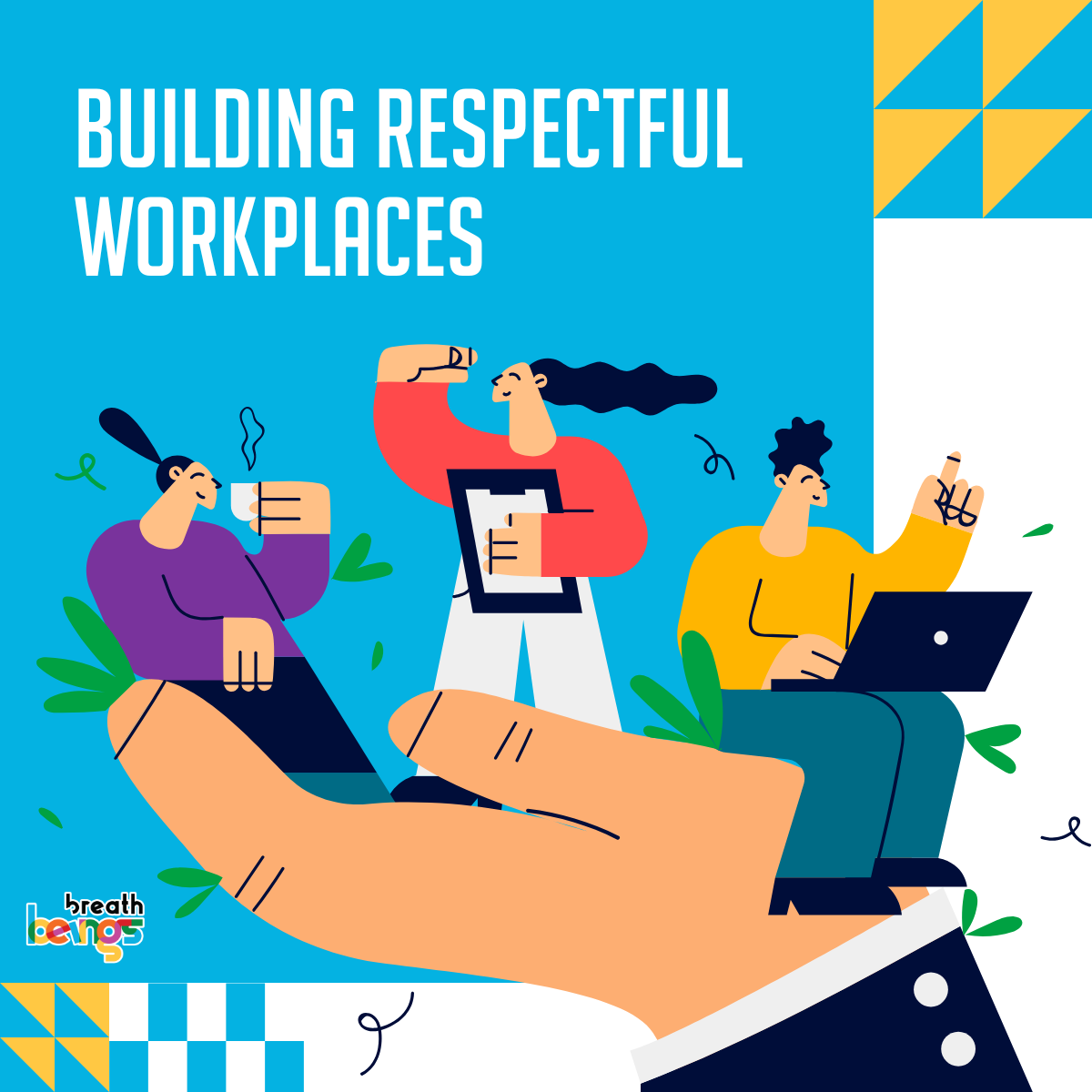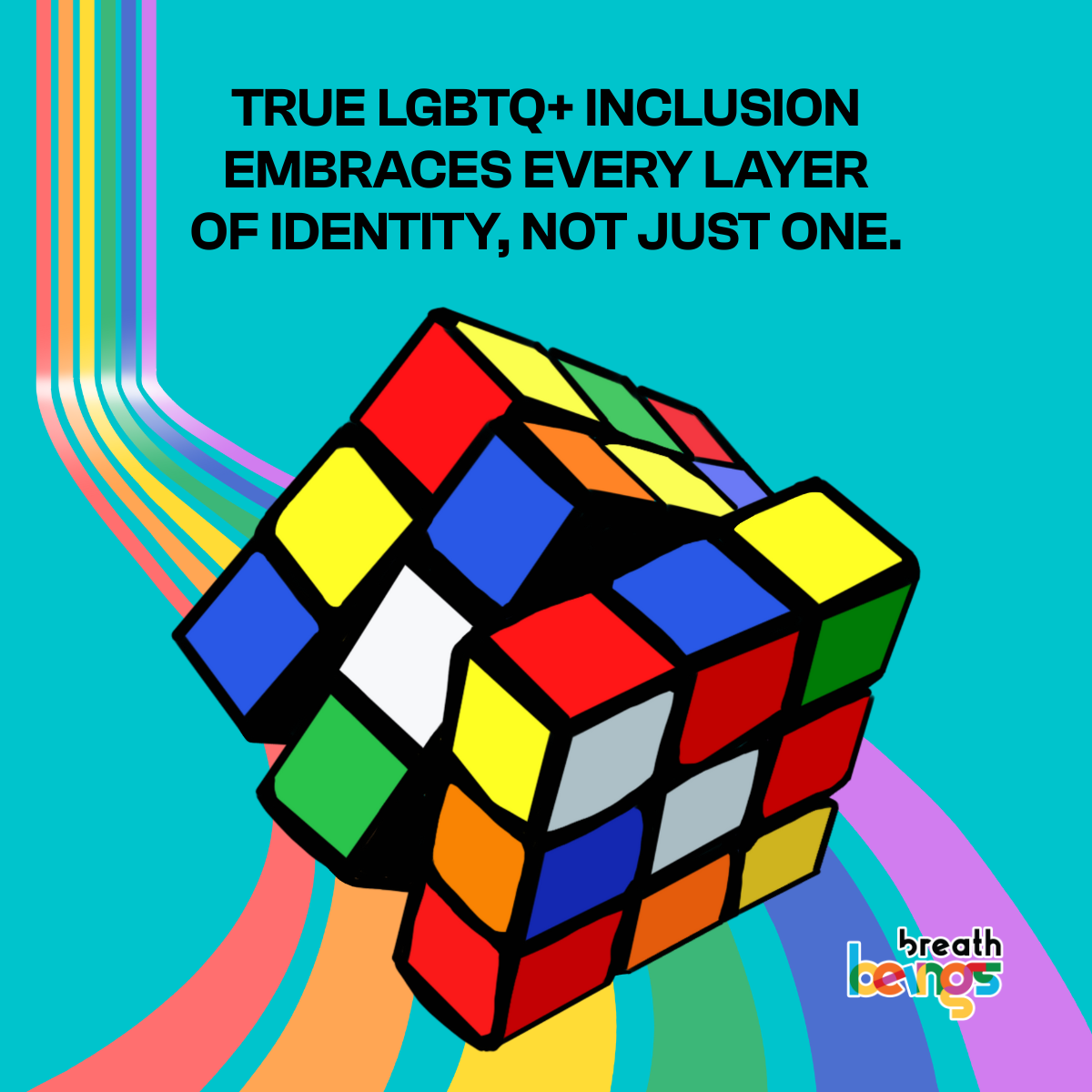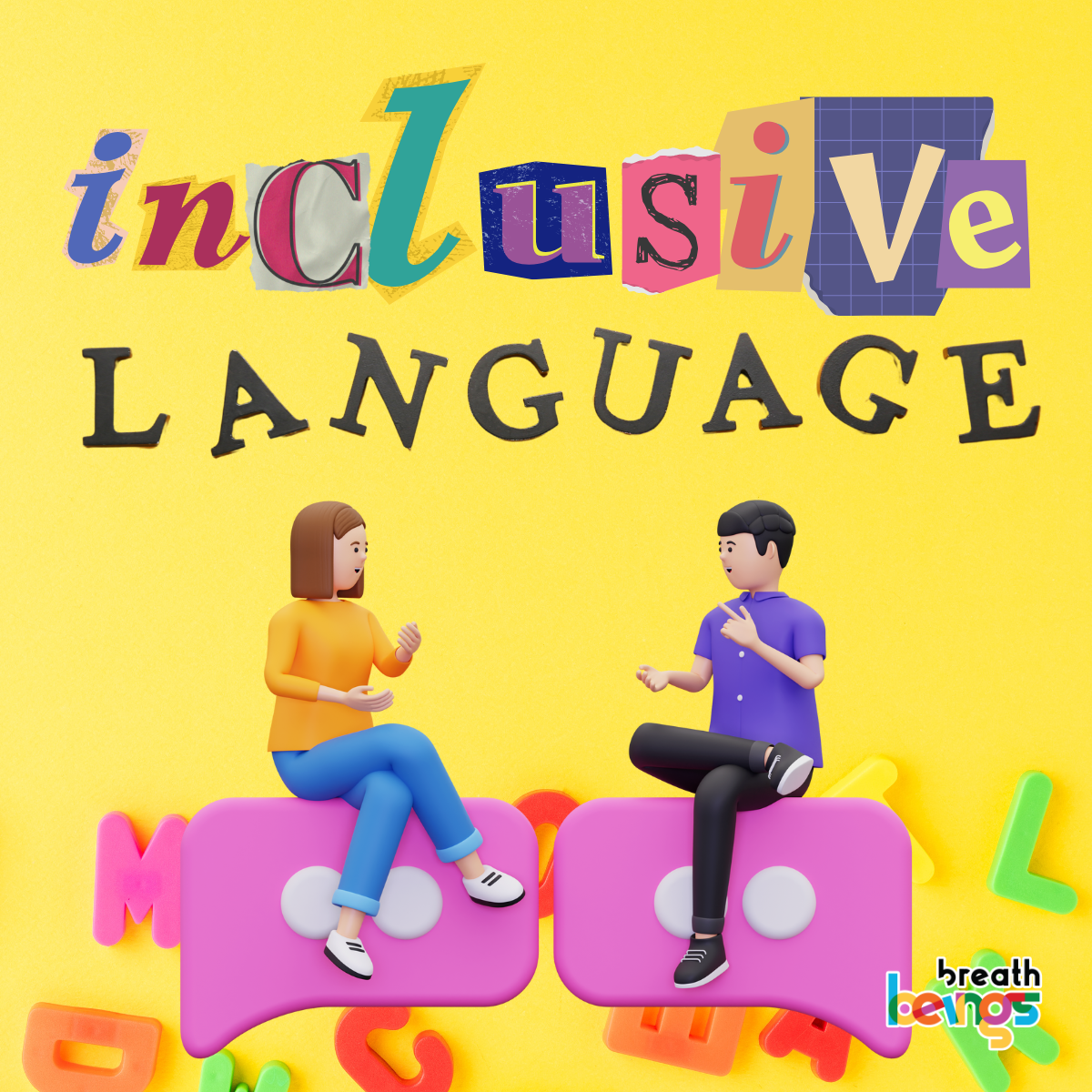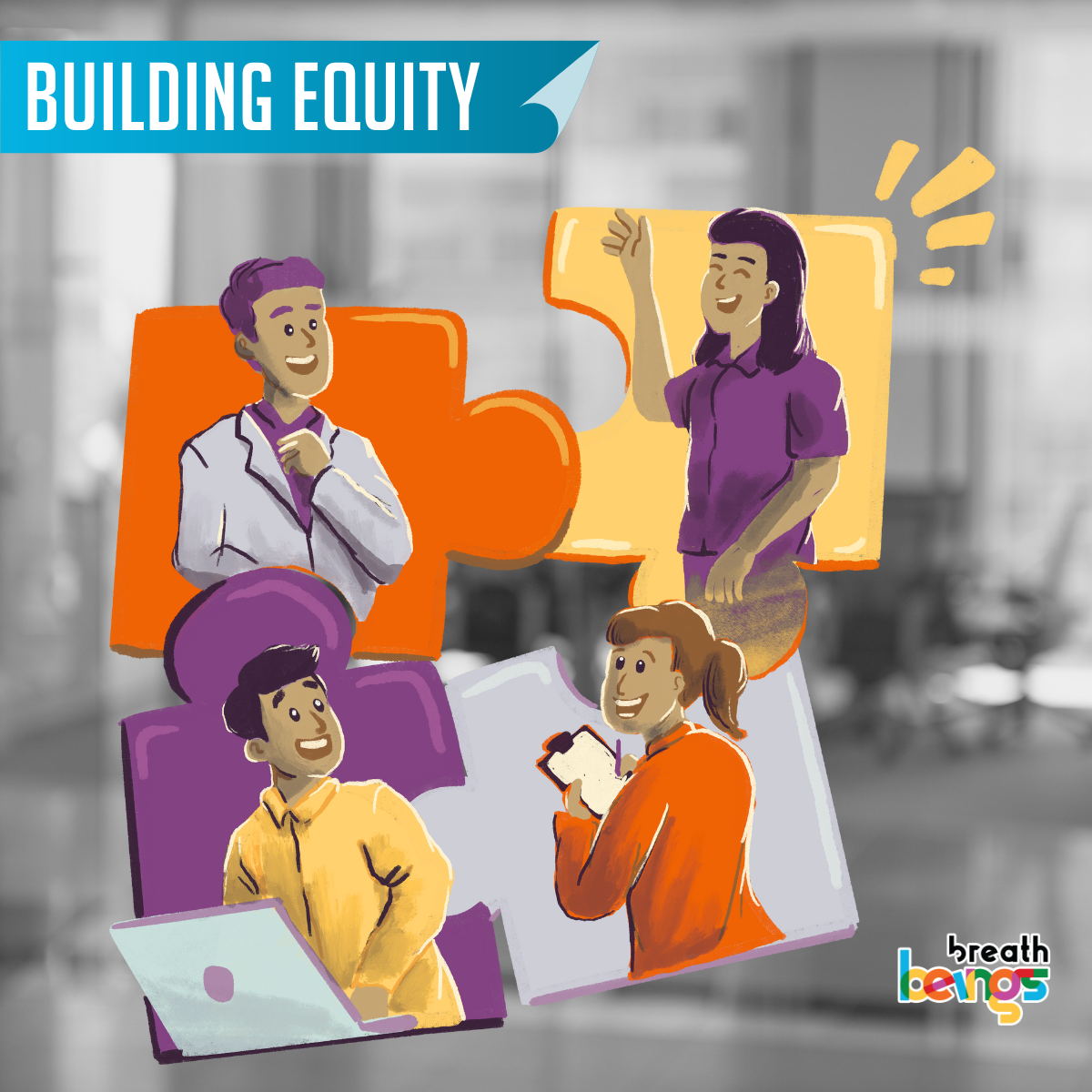Uncle Ben’s timeless wisdom, “With great power comes great responsibility,” and Wonder Woman’s pledge to fight for those who cannot fight for themselves carries profound significance in the modern workplace.
The importance of DEI in the modern workplace
Studies consistently demonstrate that organizations embracing diversity and inclusivity surpass their counterparts in creativity, decision-making, and financial success. For example, diverse companies enjoy 2.3 times higher cash flow per employee. Despite these convincing numbers, misunderstandings persist. Some leaders perceive DEI as just a passing fad or a box-ticking exercise, failing to recognize its deep influence on employee involvement, talent acquisition, and business adaptability.
Strategies for implementing DEI
Integrating DEI into organizational culture is a nuanced process, demanding commitment from all levels, especially leadership.
Here are practical steps to consider:
Defining the DEI Charter and setting clear goals
The charter serves as a guiding document that outlines the company’s commitment to Diversity, Equity and Inclusion. The charter also helps for these commitments to be embedded in the everyday policies and processes. A charter also means that organisations consider the required budget allocations that would see these commitments through.
This may involve setting goals such as boosting gender diversity, improving representation of different underestimated groups, or making the workplace barrier free. Once these priorities are established, it’s essential to openly communicate them to all employees. This should include providing a clear explanation of the reasons behind these objectives. For example, highlighting how the current gender balance may be unfair and disadvantage certain groups.
Inclusive policies
Thoroughly review and update company policies to ensure they meet the diverse needs of all employees. This involves assessing LGBTQ+ workplace training, inclusivity measures, maternity and paternity policies, and accommodations for individuals with disabilities. Consider the following:
- Do policies cover LGBTQ+ employees?
- Does the maternity policy look at aspects of adoption, IVF, and other fertility treatments?
- Does the company crèche policy cover people of all genders?
- Does health insurance allow coverage for same-sex partners?
- Do existing policies use inclusive vocabulary?
- Does the organization have policies/processes that benefit women during menopause?
- Does the organization consider period leave?
- Is there a paternity policy in place?
- Are travel policies inclusive of people with disabilities?

Training and Awareness
Overcoming resistance to DEI
Resistance to DEI initiatives can stem from a lack of understanding or fear of change. To counter this
- Encourage open dialogue: Establish environments where employees feel comfortable sharing their thoughts and inquiries about diversity, equity, and inclusion.
- Promote learning opportunities: Introduce learning interventions that enhance awareness and compassion for DEI-related matters.
- Alleviate change anxiety: Communicate the advantages of DEI, focusing on both personal and organisational development.
- Recognize DEI champions: Use influential figures within the company to advocate for and model inclusive behaviours.
Measuring the impact of DEI initiatives
For DEI efforts to be sustainable, they must be measurable.
- Define clear objectives: Create precise and measurable KPIs for DEI endeavours.
- Track progress: Consistently monitor and communicate progress using diverse metrics.
- Seek input: Use surveys and conversations to collect employee perspectives on DEI programs.
- Modify strategies: Continuously improve DEI methods based on feedback and data analysis.
- Acknowledge progress: Celebrate milestones in DEI to reinforce its value and encourage ongoing commitment.
A leader sets the vision
DEI isn’t just an optional add-on to company strategy; it’s vital for any business looking to thrive and innovate. Embracing DEI doesn’t just improve workplace culture; it also sets organizations at the forefront of a diverse, global market.
Whether you’re a business leader, manager, HR professional, or advocate, the message is clear: make a real commitment to DEI through actions, not just words, and see the incredible impact it can have on both individuals and organizations.











